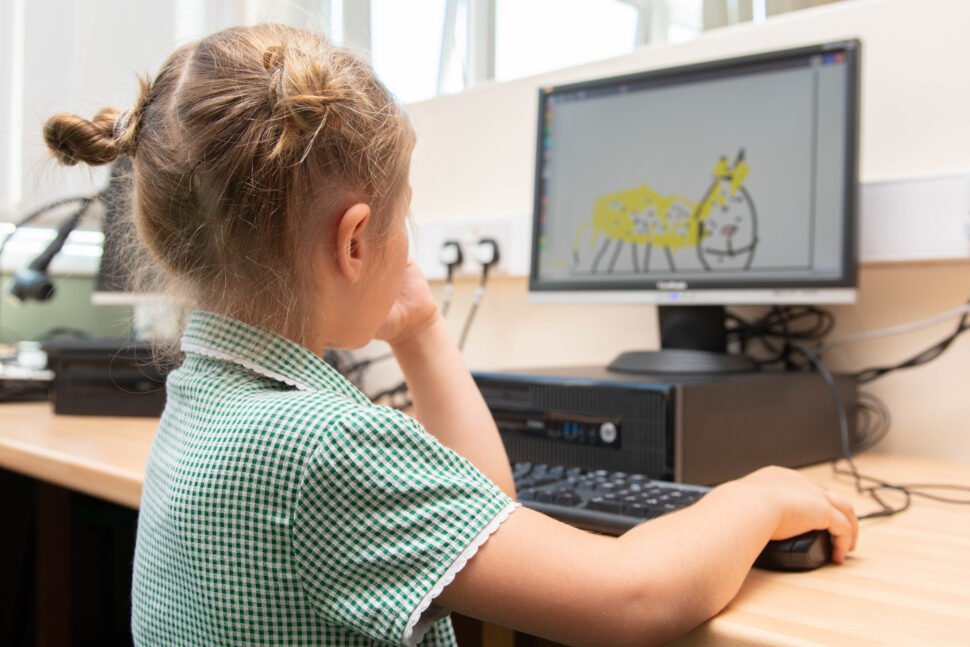
Computing Curriculum Intent
Together at Christ Church, the computing curriculum aims for children to not just gain knowledge of computational information and an understanding of how things work, but also to develop children’s skills and critical thinking so that they can be better citizens of the world.
Learn
Our curriculum aims to:
Grow
Our curriculum aims to:
Flourish
Our curriculum aims to:
Implementation:
As the aims of Computing are to equip children with the skills necessary to use technology to become independent learners, the teaching style that we adopt is as active and practical as possible. Children are given direct instruction on how to use hardware or software (for example, how to control floor robots or use Scratch for coding); thereafter the main emphasis of our teaching in ICT or computing is for individuals or groups of children to use computers to help them solve problems or support whatever they are trying to study. So, for example, children might research a history topic by using special software programs, or they might investigate a particular issue on the Internet.
We encourage the children to explore ways in which the use of ICT and computing can improve their results, for example, how a piece of writing can be edited or how the presentation of a piece of work can be improved. We recognise that all classes have children with widely differing ICT abilities. This is especially true when some children have access to an increasing range of ICT equipment (whether a pc, laptop, tablet or smartphone) at home, while others do not. We provide suitable learning opportunities for all children by matching the challenge of the task to the ability and experience of the child. We achieve this in a variety of ways, by:
Impact:
We assess the children’s work in computing by making informal judgements as we observe the children during lessons. Samples of the children’s work may also be kept in the ‘Pupil Drive’ on the school server, organised into year groups and classes. These can be monitored to compare with the expected levels of achievement in ICT and computing for each age group in the school.
However, the impact of our children’s computing education is proved by how our children leave Christ Church as digitally literate, able to use and express themselves and develop their ideas through, information and communication technology; as considerate and responsible citizens of the digital and non-digital world; as high-level thinkers who are able to use computational thinking and creativity not only to understand, but to change, the world.
Computing curriculum documents